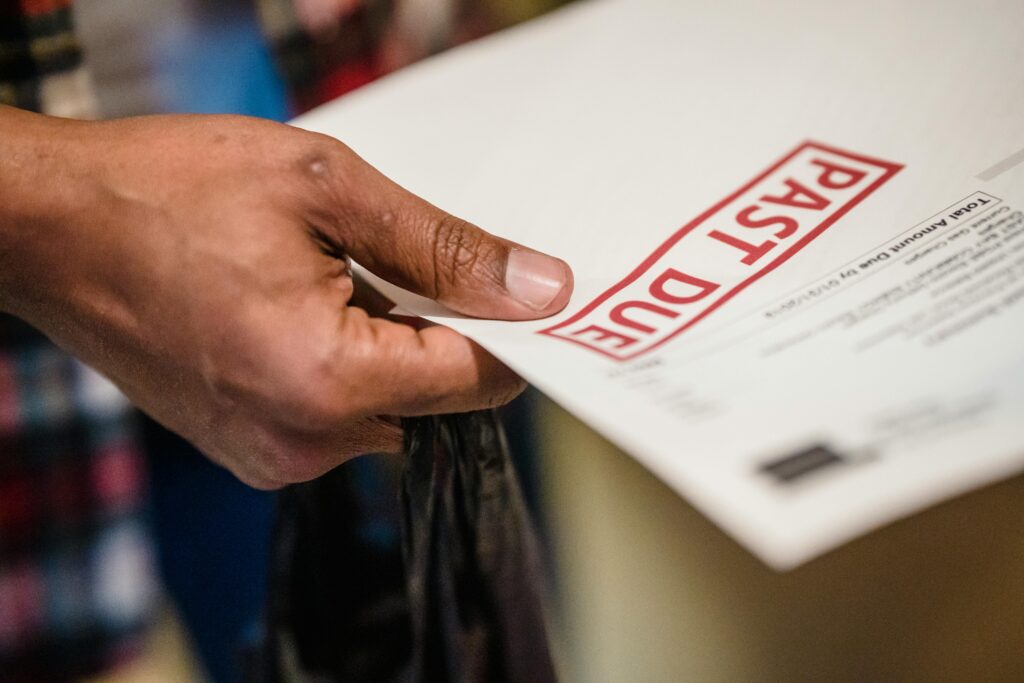The statement date—often overlooked—is the hidden lever that can make or break your credit utilization ratio, interest charges, and overall financial flexibility. If you’re serious about boosting your credit score and managing debt smartly, the statement date deserves as much attention as the due date.
What Is the Statement Date?
The statement date is the closing date of your billing cycle. On this day, your lender tallies up everything: purchases, payments, credits, and fees. Whatever balance is showing on your account at that moment is reported to the credit bureaus.
That means your credit score snapshot is based on your balance as of the statement date—not necessarily the balance you pay down later.
For example, if your card has a $5,000 limit and your statement closes with a $2,000 balance, your utilization is 40%. Even if you pay it off in full a week later, the credit bureaus already saw 40%. Since utilization accounts for about 30% of your credit score, that timing matters.
Why the Statement Date Matters More Than You Think
- Credit Utilization Control
Credit utilization—the percentage of available credit you’re using—is one of the biggest drivers of your credit score. Keeping it under 30% is the general rule, but the lower, the better. If you wait until the due date to make your payment, your statement balance could already be too high. Paying strategically before the statement date ensures a lower balance is reported.
- Avoiding Interest Traps
If you don’t pay your full statement balance by the due date, interest kicks in. But here’s the trick: by paying down large purchases before the statement closes, you shrink your reported balance and reduce the amount subject to interest.
- Better Financial Planning
Think of the statement date as your monthly financial reset button. It’s the moment your lender captures your financial behavior, and it’s the balance lenders, insurers, and even landlords may use when evaluating your creditworthiness.
How to Use the Statement Date to Your Advantage
- Know Your Dates
Log into your credit card account and find both your due date and your statement date. They’re usually about 20–25 days apart.
- Plan Payments Before Closing
If you made a big purchase this month, don’t wait. Pay part of it off before your statement closes so the reported balance stays low.
- Automate Smartly
Many people set up auto-pay for the minimum or full balance on the due date. Keep that, but add a reminder to make a manual payment a few days before the statement date.
- Use Multiple Cards Wisely
If you have several cards, stagger purchases and payments so no single account looks maxed out when statements close.
The Bigger Picture: Financial Wellness
Leveraging your statement date isn’t about gaming the system—it’s about showing the best version of your financial health. Credit scores are snapshots, and the statement date determines what snapshot the world sees.
By aligning your payment habits with your statement cycle, you not only improve your score but also build stronger financial habits: budgeting before balances balloon, tracking spending in real time, and avoiding “end-of-month” financial scrambles.
The due date keeps you from being late. The statement date helps you look great. Use both wisely, and you’ll have a powerful one-two punch for smarter credit management.


